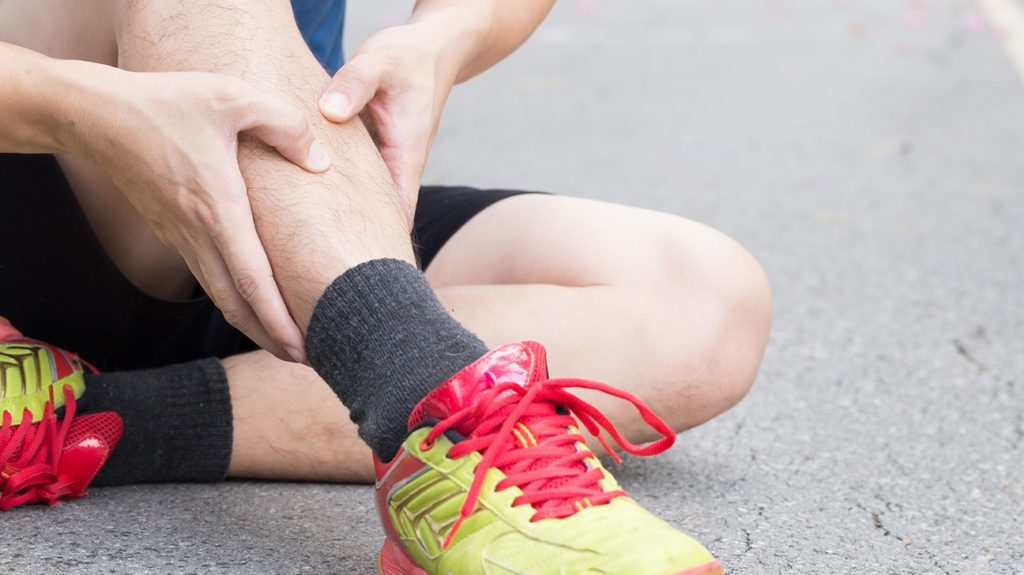
Shin Splints
Shin Splints
Regardless of exercise level or daily routine, shin splints are something that most active people will experience at some point in their life. Shin splints can be painful and a nuisance. Sometimes the pain can be so intense that it causes people to stop their activity. If shin pain is bothersome or stopping you from achieving your goals, it may be time to address what is probably shin splints.
What are shin splints?
Shin splints (medial tibia stress syndrome) is pain along the inside of the shin bone. The two bones in your lower leg are called the tibia and fibula. There are many muscles and tendons that run along these two bones attaching to both the knee and the ankle joints. Shin splints occurs when inflammation develops in the muscles, tendons, and bone tissue surrounding the tibia.
Causes
Shin splints are caused by repetitive micro-trauma. It is commonly seen in running and jumping activities. In fact, it is believed that greater than 60% of runners and athletes will experience shin splints at some point in their athletic training.
Some common causes include:
- Foot pronation
- Shoes with no support or cushion
- Weak leg muscles
- Improper training techniques
- Overtraining
Common Symptoms
- Pain along the inside of the shin bone
- Pain during and after activity
- Severe pain prohibiting activity
Complications
Like any treatment, response is important. If treatment of any kind on your shin splints is not improving your symptoms, further examination is necessary.
- Stress fracture – a stress fracture is a break within the tibia bone caused by stress and overuse.
- Tendinitis – inflammation of the tendon as it attaches the bone. Prolonged inflammation can to a tear.
- Compartment syndrome – the lower leg is broken down into four compartments. Pressure can occur on one or more of these compartments, compressing the musculature and vascular supply. This can become serious if circulation and vascular supply to the foot is compromised.
Treatment at Miller Sports & Family Chiropractic
- Rest – shin splits are caused by overuse. Low impact exercises can be supplemented instead of running or jumping.
- Ice – decrease inflammation within the muscle, tendon, and bone tissue.
- KT tape – taping along the musculature can reduce inflammation and provide functional support.
- Orthotics – misalignment of the foot and ankle are believed to be contributors to shin splints. Proper support of the foot and increasing shock absorption can reduce strain and inflammation into the lower leg.
- Chiropractic – correcting misalignments of the foot and ankle can reduce pain and restore normal range of motion allowing the movement when exercising to support our legs properly.
- Laser therapy – targets the tissues at a cellular level which encourages blood supply and nutrients to flood the area, decreasing inflammation.
- Massage/Instrument Assisted Soft Tissue Massage (IASTM) – helps to stretch and relax the muscles, reduce scar tissue build up, increase blood supply, and loosen the fascial sheaths around the muscles.
Return to activity
Returning to activity should be implemented after two weeks of being pain free. Returning to activity should be a slow process, building back up to the desired intensity. It is important to properly stretch before exercise to warm up the musculature in the lower leg. Ice after exercise. It’s also recommended to cross train. Run one day, bike the next, swim the next, etc. This will give the lower legs rest while also stepping back slowly into a normal regime.
Call us today!
Lower leg pain is a common condition that the doctors are ready to treat! Athletes are always working hard and shin pain can present at any time. If shin pain is affecting you now or worse, preventing you from reaching your goals…call us today! We are here and ready to help you just feel better!
